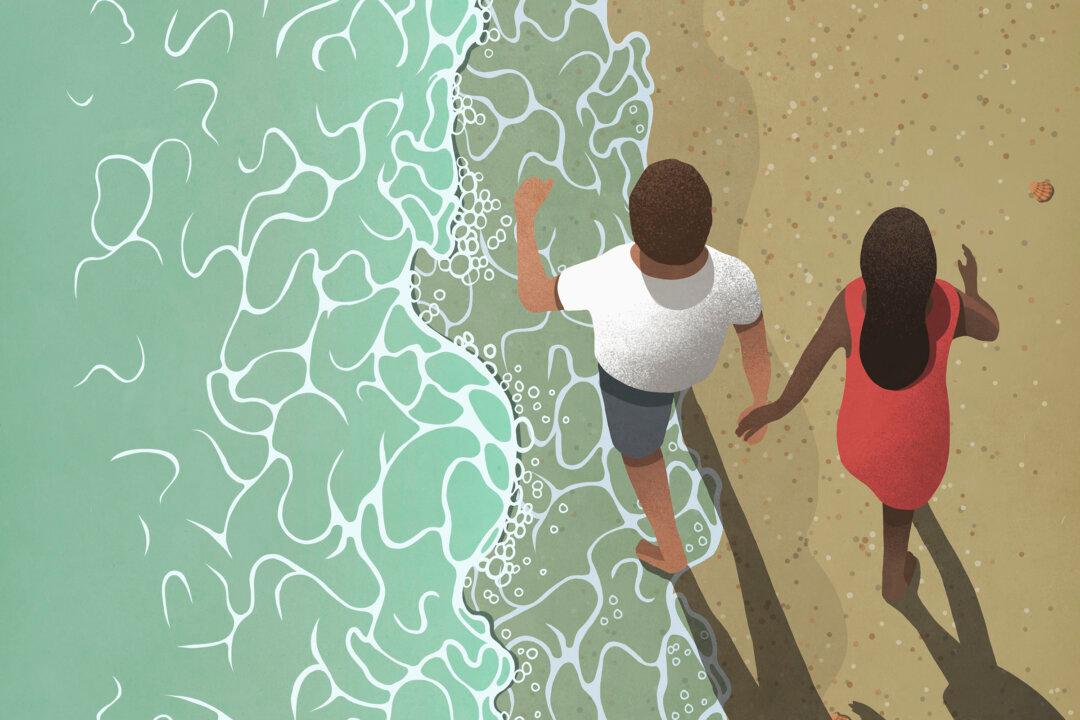The United Kingdom and Ireland are bracing for Hurricane Ophelia, which is already washing thousands of jellyfish-like Portuguese man o' wars onto beaches.
The storm is expected to maintain hurricane force winds until it reaches the North Atlantic but the unusually strong winds coming from the Atlantic have been pushing the poisonous sea creatures onto beaches for weeks.
Man o' wars have been washing up on beaches in the UK since mid September. The unique sea creatures have long tentacles that have an excruciating sting and can be fatal for humans.
As Ophelia gets closer, new dangers have emerged. Predictions have warned it could be among the strongest storms to hit the area in a generation.
Ireland will take the brunt of Ophelia, but the storm is raising concerns in the United Kingdom as well.
While those along the Irish coast are being warned about a storm surge, which could bring coastal flooding and destructive waves, those inland face a different threat.
“Wind speeds atop and on the windward sides of hills and mountains are often up to 30 percent stronger than the near-surface winds indicated in our Warnings, and in some elevated locations could be even greater,” warned Ireland’s weather service.
Forecasts are predicting 2-3 inches of rain in the most affected areas of western Ireland while the eastern side will see rainfall of just over an inch.
But Ireland and the UK have been seeing the effects leading up to Ophelia for weeks with the arrival of thousands of man o' wars—an unusual entity that is actually a colony of specialized individual creatures who depend on each other for survival—has surprised many.
Matt Slater, a marine awareness officer at the Cornwall Wildlife Trust, told the Irish Mirror in mid-September that the arrival of the sea creatures in such numbers was unheard of.
“This is an unprecedented event and we urge the public to be cautious and to keep an eye out for unusual species being stranded,” he said.
“The stings are incredibly rare and the man o' war is actually a beautiful life form, wonderfully adapted to life in the open ocean, and are only seen in extremely rare cases on our shores,” he said.
While the UK’s Cornish coast has seen the highest volume of the creatures wash up, they have also been reported in Ireland.
As Ophelia approaches, more of them could be pushed onto the shore. Locals are warning pet owners to be careful bringing their animals to the beach.
The storm has weakened on its way to Ireland, being downgraded from a Category 2 hurricane from a Category 3 hurricane early Sunday.
Sustained winds were reaching 105 mph. The NHC puts current maximum sustained wind speeds at 90 mph.
While that is an improvement from 115 mph winds from Saturday, the storm could still be the fiercest to strike the area in a generation.
Hurricane Lilli hit Britain in 1996 with wind speeds of 92 mph. More recently, Hurricane Katia, struck with 81 mph winds, which Ophelia could slow to before making landfall in Ireland.




